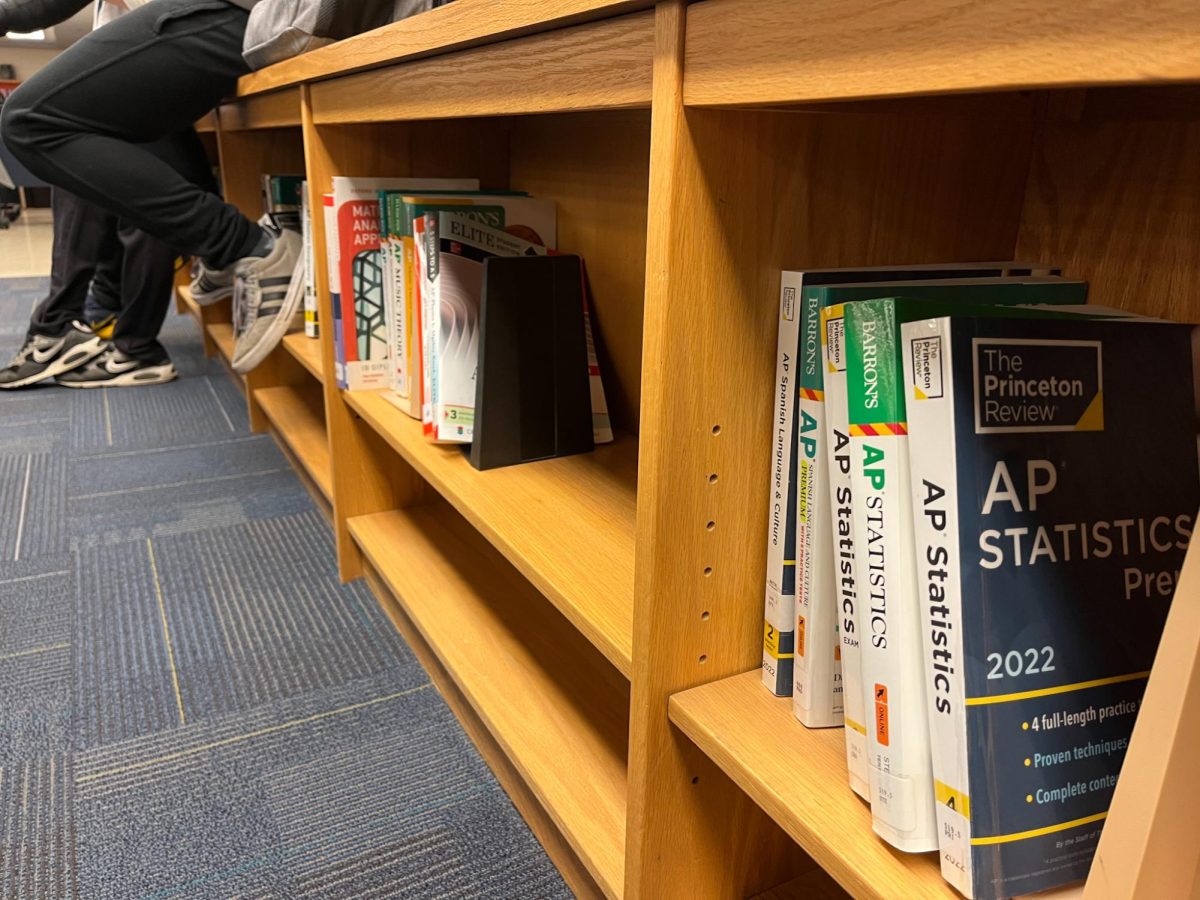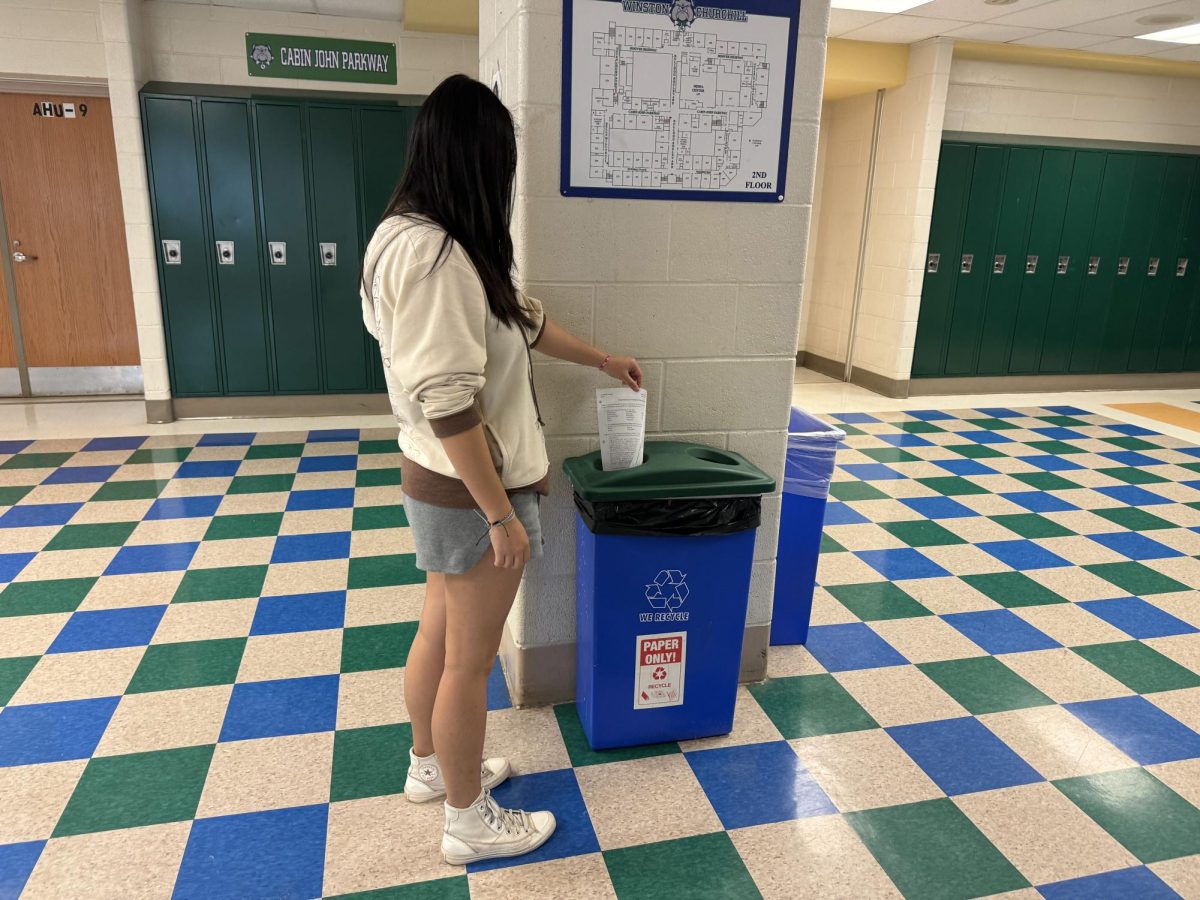A driver’s license is more than a rectangular piece of plastic with your picture on it, it is a symbol. It represents adulthood, independence and maturity. The second many young people are of age, they jump at the opportunity to take their driver’s test in hopes of obtaining this wallet-sized piece of freedom.
However, effective Oct. 1, students will have to wait three extra months before they can take their driver’s test because the minimum age requirement for getting a provisional driver’s license will change to 16 years and six months. This means that new drivers must have their learner’s permit for at least nine months, as opposed to six.
“In many ways [the new law] is a good thing,” junior Meredith Yinger said. “It will increase my chances of actually passing my driver’s test the first time and will encourage others to complete their 60 hours [of required driving time with a permit].”
Some parents also feel that the law will ensure that teens are completely ready to be alone on the road.
“The new law is a good one,” said Roumeen Islam, mother of junior Leila Islam. “I do not think that six months is sufficient time for someone to become really comfortable with driving on their own. I know that parents would find it easier if their children got licenses faster, but it is really better to be a more experienced driver than to be among the first on the streets.”
Maryland House of Delegates member Brian Feldman voted in favor of the bill that changed the age requirement.
“I fully understand that [this change is] not popular with high school students,” Feldman said. “However, as a lawmaker, the overwhelming consideration in the legislature was whether the [change] would improve driver safety, reduce accidents and save lives. The expert testimony, data and studies presented to us in the state legislature left no doubt that drivers with more experience were at far less risk of being involved in accidents.”
In addition to the change in age requirement, Oct.1 will also be the start of another new driving law regarding text messaging while driving.
The new Senate Bill 98 “[prohibits any] person from using a text messaging device to write or send a text message while operating a motor vehicle in motion.” Fines for this misdemeanor will be up to $500.
“I doubt that any parent would be against [the new law regarding texting],” Roumeen Islam said. “I know that many adults also text while driving. It is difficult to carry on a conversation with others [and still] drive with [sufficient] attention.”
According to a July 10 survey compiled by the American Automobile Association, 46 percent of 16 and 17-year-old teenagers send text messages while driving.
“I disagree with the new law because texting is just as harmless as using an iPod or GPS while driving,” senior Sydney Gold said. “It is not harmful unless you aren’t cautious.”
According to a July 28 New York Times article, a Virginia Tech Transportation Institute study found that when drivers text their collision risk becomes 23 times greater than when they are not texting.
“[The no texting and driving] law made sense,” Feldman said. “The expert testimony we received indicated that texting while driving was a major distraction to drivers and was a contributing factor to accidents. Many other states already have this ban in place.”
According to Car and Driver magazine, texting and driving is even more dangerous than driving while drunk. In a study in which a driver had to stop the car on a signal, the driver was slower reacting while texting than while legally drunk.
“I don’t text and drive,” junior Noelle Hunsinger said. “It’s distracting and dangerous. You should keep your eyes on the road, not on your phone.”



















